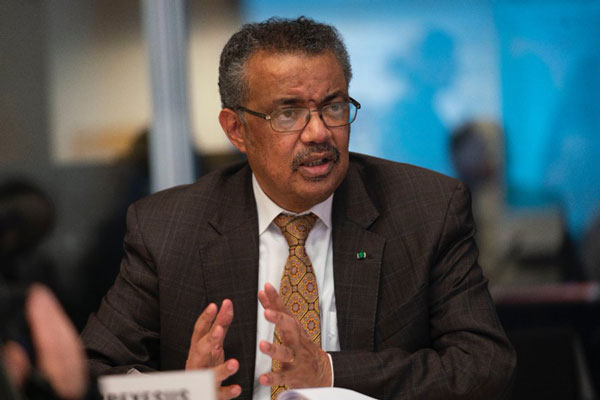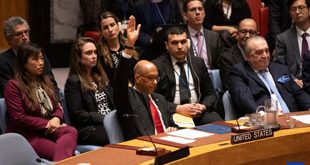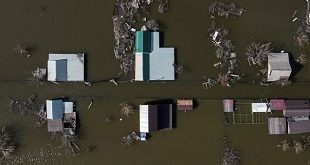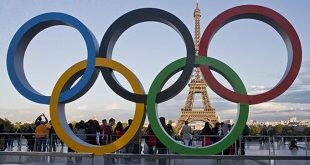
Geneva, Switzerland | AFP | The World Health Organization has been at the heart of the battle against the new coronavirus since the first reported outbreak in China.
As the WHO’s World Health Assembly gathers on Monday to plot the path ahead, here is a timeline covering the key moments in the WHO’s hotly-contested handling of the COVID-19 pandemic:
– First cases in Wuhan –
December 31, 2019 — China reported to the WHO a “cluster” of pneumonia cases “of unknown cause” in the city of Wuhan, the capital of Hubei province. Of a total of 44 cases, 11 patients were “severely ill”, while the others were stable.
January 1, 2020 — The WHO activated a crisis group, putting the body “on an emergency footing for dealing with the outbreak”.
January 4 — The WHO on social media reported a cluster of pneumonia cases “with no deaths”, in Wuhan. A day later, it published its first “Disease Outbreak News” destined for scientists and public health specialists on the new virus.
January 10 — The WHO sent “technical guidance” with advice to all countries on how to detect, test and manage potential cases. Evidence at the time suggested “no or limited human-to-human transmission”, the WHO said.
– Outside China –
January 11 — China gave the WHO the genetic sequence of COVID-19.
January 13 — Thailand reported the first imported case on its territory.
January 14 — Maria Van Kerkhove, the WHO’s COVID-19 technical lead, told a news briefing that there “may have been limited human-to-human transmission”, based on 41 confirmed cases, and that there was the risk of a wider outbreak.
January 20, 21 — WHO experts from China and the western Pacific region went on a brief field visit to Wuhan.
January 22 — The WHO mission to China said there was evidence of human-to-human transmission in Wuhan — among close contacts such as families or in health care settings — but that “more investigation was needed to understand the full extent of transmission”.
January 22, 23 — WHO chief Tedros Adhanom Ghebreyesus convened an emergency committee to assess whether the outbreak constituted a “public health emergency of international concern” — the highest alert it can trigger. The committee, consisting of independent international experts, was unable to reach a consensus and asked to meet again 10 days later.
January 28 — A WHO delegation travelled to Beijing, led by Tedros, who agreed with the Chinese government that an international team of scientists would be dispatched to China.
– The road to pandemic –
January 30 — The WHO declared COVID-19 to be “a public health emergency of international concern”.
February 16-24 — An international scientific mission of experts from the United States, China, Germany, Japan, South Korea, Nigeria, Russia, Singapore and Canada travelled to Wuhan.
February 24 — A team of experts from the WHO and the European Centre for Disease Prevention and Control travelled to Italy, which became the epicentre of the coronavirus outbreak after China.
March 11 — The WHO designated COVID-19 as a pandemic. At the time, 90 percent of cases were declared in just four countries, according to the WHO, with 81 countries reporting no cases at all, and 57 countries reporting up to 10 cases.
– US turns on WHO, China –
April 9 — The WHO publishes a chronology of its statements in response to criticism that it had been slow to sound the alarm.
April 14 — US President Donald Trump halts payments to the WHO pending a review of its role in allegedly “severely mismanaging and covering up the spread of the coronavirus”, and accuses it of being biased towards China.
April 24 — The WHO urges member states to speed up the development, production and distribution of treatments and vaccines and ensure universal access to therapeutics.
April 27 — The WHO urges countries lifting their lockdown measures to test, isolate and treat suspected cases while ensuring physical distancing, or risk a second wave of infections.
May 14 — The WHO says the virus may never go away and could become a disease that the world has to learn to live with.
May 18-19 — The WHO’s decision-making body, the World Health Assembly, holds its annual gathering virtually, with the spat between between Beijing and Washington threatening to overshadow proceedings.
 The Independent Uganda: You get the Truth we Pay the Price
The Independent Uganda: You get the Truth we Pay the Price


